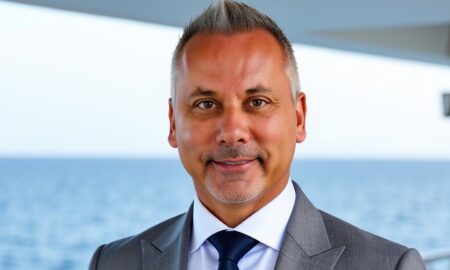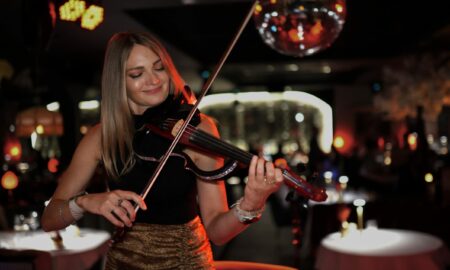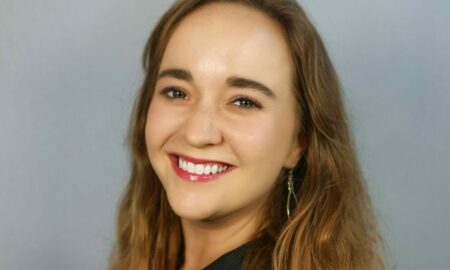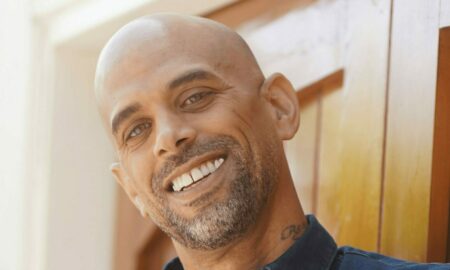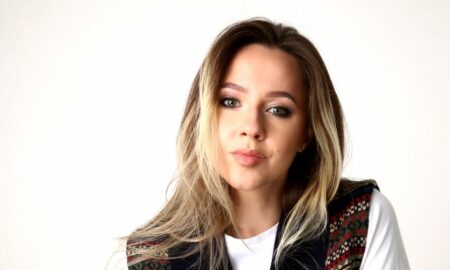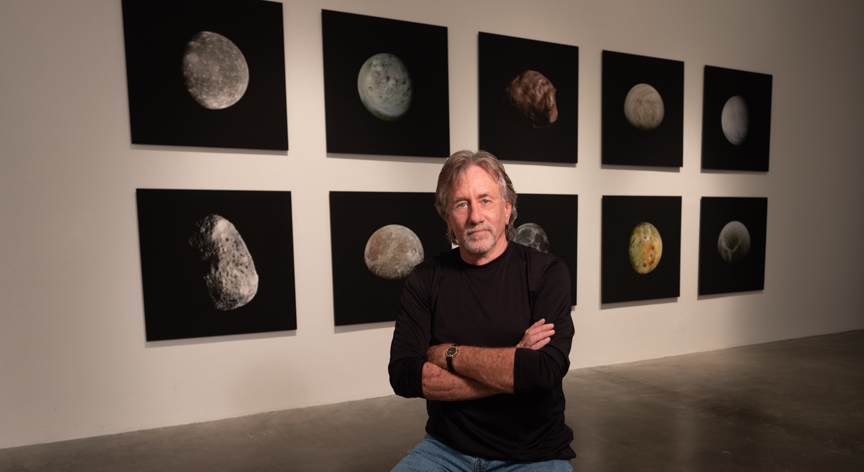

Today we’d like to introduce you to Stephen Nowlin.
Stephen, please share your story with us. How did you get to where you are today?
My father was a gifted classical musician, a tinkerer with technology and very religious, and we lived in a lively eclectic L.A. neighborhood just below South Pasadena that was home to an unusually high percentage of hot-rodders, mechanics, and car customizers. My childhood was spent in this curious blend of art and technology worlds, surrounded by both biblical and non-biblical work ethic on all sides. In my college years, I dove into traditional art school but after some time got bored and dropped out, worked for an architect (who built the non-traditional CalArts, where I later finished my undergrad degree), then moved to a job drafting computer circuits at Caltech for the Mount Wilson and Palomar Observatories.
It was 1970, and Caltech had an idea about throwing artists and scientists together on projects to “see what happens,” and I ended up interning with motion graphics pioneer John Whitney and some computer scientists to make experimental films. That was my first real experience with excavating the concepts and visual challenges of an art/science integration – of making art that wasn’t just about technology but also revealed and embraced the deeply emotional dimensions of science. Along the way, I ditched the supernaturalism of religion and decided science was way more poetic. Between colleges, I worked as a lab tech in a cancer research study at USC, made paintings in my tiny studio, got married, and kept finding myself drawn in by the art-science yin/yang.
Later, I went to grad school at ArtCenter, titled my grad thesis work “Invariant Transformations,” taught there afterward, and began making exhibitions that explore the science and art intersection as director and curator of ArtCenter’s Williamson Gallery. That’s what I’ve been doing since, and in the meanwhile, the art-science puzzle, called ArtScience one word, has independently become a big deal worldwide in universities, peer-reviewed journals, conferences, and dedicated organizations. In many ways for me, though, my curatorial tenure at ArtCenter has been a reincarnation of that short-lived Caltech experiment from so many years ago.
Great, so let’s dig a little deeper into the story – has it been an easy path overall and if not, what were the challenges you’ve had to overcome?
The challenge for ArtScience as an international movement is for each of the pairs to first be understood apart from its deeply entrenched individual stereotypes — the social memes that compartmentalize science and art as separate and opposite ends of a spectrum. The portrayal of one as being about emotion and the other intellect, one guided by intuition and the other by reason, one right-brain, and the other left-brain, is outmoded. And just as challenging, is when ArtScience art, events or exhibitions elicit a reaction that only recognizes their merger in terms of its novelty, the superficial “strange-bedfellows” syndrome. Or equally, as mundane from some who cannot find in ArtScience the comfort of those familiar entrenched conventions that define science and art separately, there is the tone-deaf criticism that each domain ends up compromised to its detriment by their attempt at unification.
The fact is, however, that ArtScience is inevitable. It is because science is not just a nerdy practice, not a mechanical material description that strips reality of any transcendent qualities, nor a how divorced from why despite the persistence of those tiresome bromides. Science is a powerful agent of change that touches politics, social and cultural habits, religious belief, philosophy, and all perceptions of truth — human and existential. Artists are attracted to that powerful nexus of change, to search for its poetry and author new vocabularies of expression, to critique its implications and motivations, and forge its social discourse.
Please tell us about Art Center College of Design/Innovate Pasadena.
So, ok — I’m a Vice President at ArtCenter College of Design which is an internationally recognized institution located on two beautiful campuses in Pasadena. For 25 years, I’ve administered and curated exhibitions for the Alyce de Roulet Williamson Gallery which is located on the college’s “hillside” campus overlooking the Rose Bowl. That’s the official description, but what I do is more chaotic, different than VP-this or Administer-that, meet-a-deadline or check-off a dozen more.
What I do is, I play. I play in an amazingly creative playground. That may sound like fun, but it’s more like wrangling chaos – i.e., a lot of work. It’s rigorous sometimes stressful work that also feels weirdly like play, exhausting exhilaratingly addictive play, because it’s work in a place that’s filled with a passion for ideas, the unexpected, divergent pathways, problem-solving, innovation, and creativity. It’s worrisome and it’s wonderful, a place for solving real needs and inspiring deep sensations, for learning to design ideas and products for a fragile planet in need of thoughtful caretaking and eloquent shepherding by the human animals it spawned. Design is aptly defined as creativity at the intersection of science and art. To reflect all this, the Williamson Gallery exhibits the objects, expressions, and ideas of artists and designers from around the world, creatives and innovators who balance on the high-wire of true originality and work/play as makers of a world that needs new tools, solutions, and inspiration. A long series of those exhibitions have been collaborations with artists who engage the political, social and poetic dimensions of science, and with scientists whose technological handiwork and a quest for new knowledge speak also in the language of art. For me, curating is a form of art practice. I make exhibitions in the same way that artists make objects.
Do you look back particularly fondly on any memories from childhood?
At age eight or nine – sleeping bag outside, Yosemite, seeing the Milky Way for the first time…
Contact Info:
- Website: http://williamsongallery.net/artsci
- Facebook: http://facebook.com/ACCDgallery
- Twitter: http://twitter.com/ACCDgallery
- Yelp: http://vimeo.com/WilliamsonGallery
- Other: http://williamsongallery.net/google








Getting in touch: VoyageLA is built on recommendations from the community; it’s how we uncover hidden gems, so if you know someone who deserves recognition please let us know here.













